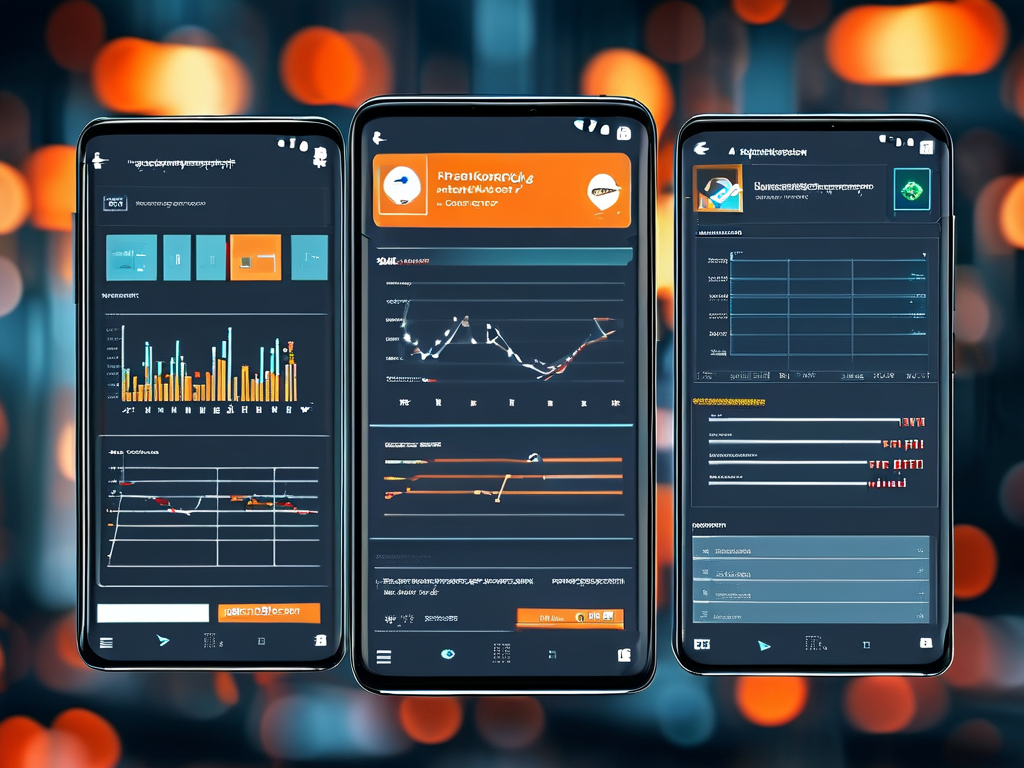In the world of Android development, efficiently displaying database content remains a critical challenge for developers. While Android provides robust tools for data storage, visualizing this information in user interfaces often requires careful implementation. This article explores practical solutions for displaying database content in Android apps, focusing on native components, third-party libraries, and best practices.

Core Components for Database Visualization
The Android SDK offers several built-in tools for connecting databases to UI elements. RecyclerView paired with CursorAdapter has long been the standard approach for displaying SQLite database content. This combination allows efficient loading of large datasets while maintaining smooth scrolling performance.
Consider this basic implementation using SQLiteOpenHelper:
public class MyCursorAdapter extends CursorAdapter {
public MyCursorAdapter(Context context, Cursor cursor) {
super(context, cursor, 0);
}
@Override
public void bindView(View view, Context context, Cursor cursor) {
TextView textView = view.findViewById(R.id.item_text);
String data = cursor.getString(cursor.getColumnIndex("column_name"));
textView.setText(data);
}
@Override
public View newView(Context context, Cursor cursor, ViewGroup parent) {
return LayoutInflater.from(context).inflate(R.layout.list_item, parent, false);
}
}
However, modern Android development has shifted toward Room Persistence Library as the preferred database solution. When combined with LiveData and ViewModel, developers can create reactive UI components that automatically update when database changes occur.
Advanced Display Patterns
For complex data relationships, consider implementing ExpandableListView for hierarchical data or ViewPager2 for multi-page dataset navigation. The of Paging Library 3 has revolutionized how apps handle infinite scrolling through large databases, particularly when working with Room:
@Dao
interface UserDao {
@Query("SELECT * FROM users")
fun pagingSource(): PagingSource<Int, User>
}
val pagingFlow = Pager(config = PagingConfig(pageSize = 20)) {
userDao.pagingSource()
}.flow
Third-Party Solutions
While native components suffice for most use cases, libraries like Epoxy (by Airbnb) and Groupie offer enhanced customization for complex database visualization needs. These tools simplify creating heterogeneous lists with multiple view types directly bound to database entities.
Performance Considerations
- Cursor Management: Always close cursors properly to prevent memory leaks
- Background Threading: Use AsyncTaskLoader or Coroutines for database operations
- RecyclerView Optimization: Implement ViewHolder pattern and setRecycledViewPool for multiple lists
- Database Indexing: Optimize query performance through proper schema design
Common Pitfalls to Avoid
- Direct UI thread database access causing ANR errors
- Inconsistent data binding leading to UI/data mismatches
- Overloading single adapters with complex logic
- Neglecting database migration strategies
Future Trends
With the rise of declarative UI frameworks like Jetpack Compose, database visualization patterns are evolving. The Compose LazyColumn integrated with Room and Flow APIs demonstrates this shift:
@Composable
fun UserList(viewModel: UserViewModel = viewModel()) {
val users by viewModel.users.collectAsState(initial = emptyList())
LazyColumn {
items(users) { user ->
UserListItem(user = user)
}
}
}
Android provides multiple pathways for database visualization, each with distinct advantages. While traditional CursorAdapter implementations still work, modern approaches using Room with Jetpack components offer better maintainability and reactivity. The choice ultimately depends on project requirements, team expertise, and long-term maintenance considerations. Developers should prioritize implementing proper architecture patterns (like MVVM) and performance optimization strategies from the initial development phase.
For legacy projects, gradual migration to modern components through wrapper classes or adapter patterns can help transition existing database display implementations without complete rewrites. Always test database visualization components under real-world conditions with large datasets to ensure smooth user experiences.

